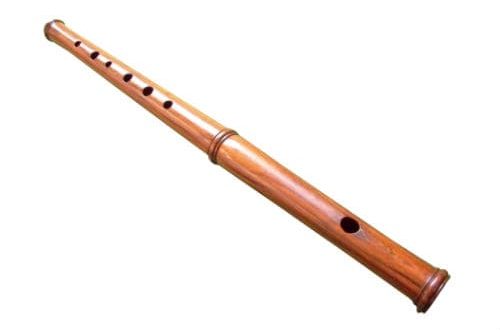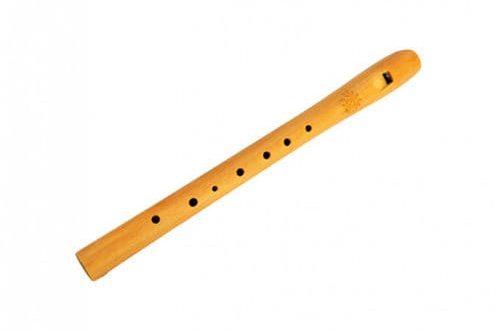
Helikon: description of the instrument, composition, sound, history, use
Contents
It is on the helicon that the children’s literary character Dunno learns to play in a cartoon based on Nosov’s work. The instrument is great for playing jazz or classical music. In order for the output sounds to be varied and melodic, the musician must have a certain preparation and a good lung capacity.
What is a helicon
The wind musical instrument helikon (Greek – ring, twisted) is a representative of the saxhorn group. A variety of contrabass and bass tuba. Created in Russia in the early 40s of the XIX century.
It got its name due to its appearance – a curved barrel design that allows you to hang a copper pipe on your shoulder. It consists of two spiraling, closely adjoining rings. Gradually expands and at the end passes into a bell. More often the pipe is painted in gold or bronze color. And only individual elements are sometimes painted with silver. Weight – 7 kg, length – 1,15 m.

The round shape of the trumpet gives the music played by this instrument a softness. The sound of the lower register is strong, thick. The middle segment of the range is more powerful. The top one sounds tougher, more muffled. The instrument has the lowest sound among brass instruments.
The helicon has relatives that are similar in appearance, but differ in parameters. The most common is the sousaphone bass instrument of the late XNUMXth century. It is noticeably larger and heavier than its counterpart.
Using the tool
Helikon is in demand at solemn events, parades. Used in brass bands. But in the symphonic ones, it is replaced by a similar-sounding tuba.
During the Play, the musical helicon is hung over the head on the left shoulder. Thanks to this arrangement and a successful design, the weight and dimensions of the pipe are practically not noticeable. It is convenient to use it standing, moving or even sitting on horseback. The musician has the opportunity to free his hands to control the horse.
This instrument is especially loved in Central Europe.





